Chamois -Classification, Appearance, Habitat, and Facts
October 31, 2023
The chamois is a goat-antelope species native to mountainous regions of Europe, including the European Alps and the Carpathian Mountains.
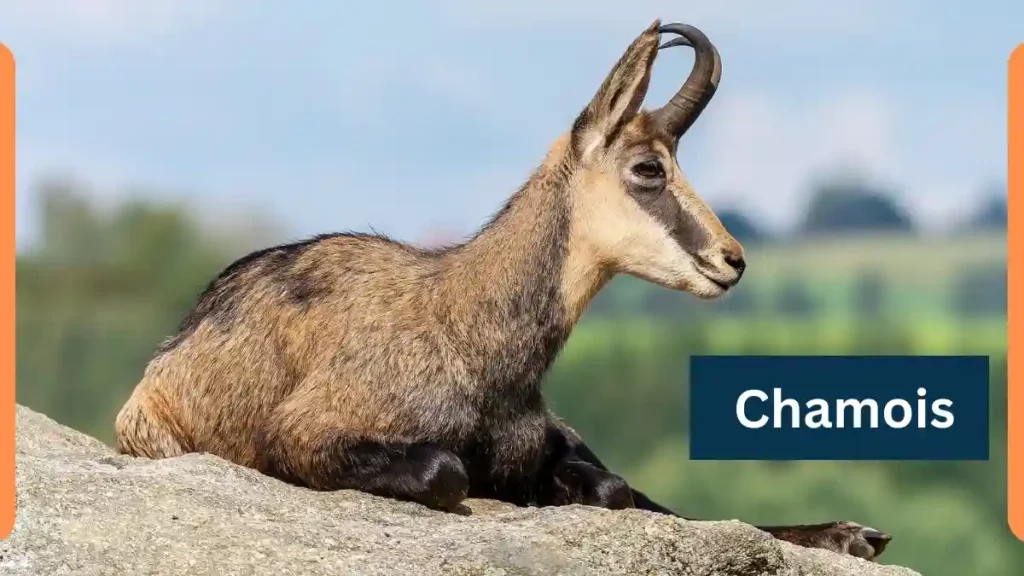
Chamois
Here’s some information about chamois:
| Topic | Information |
|---|---|
| Scientific Classification | Kingdom: Animalia |
| Phylum: Chordata | |
| Class: Mammalia | |
| Order: Artiodactyla | |
| Family: Bovidae | |
| Genus: Rupicapra | |
| Species: Various species of chamois | |
| Physical Characteristics | Size: Chamois are small to medium-sized ungulates. Their size and appearance vary slightly among species, but, in general, they stand about 2.6 to 2.8 feet (80 to 85 centimeters) at the shoulder. |
| Coat: They have a thick, reddish-brown to dark brown coat with a distinctive black stripe along their back and a white underside. Both males and females have short, curved horns. | |
| Habitat and Range | Chamois are primarily found in mountainous regions of Europe, including the Alps, the Carpathians, and other high-altitude areas. They are adapted to rugged and rocky terrain. |
| Behavior and Lifestyle | Social Structure: Chamois are typically found in small groups, although solitary individuals are not uncommon. During the breeding season, males may form larger groups. |
| Diet: They are herbivores, primarily grazing on a variety of alpine plants, grasses, and shrubs. | |
| Agile Climbers: Chamois are renowned for their agility and ability to traverse steep and rocky terrain. They are exceptional climbers and can be found at high altitudes. | |
| Reproduction and Life Cycles | Breeding: Breeding occurs in the late fall or early winter, and females give birth to a single calf in late spring or early summer after a gestation period of around 5 to 6 months. |
| Lifespan: In the wild, chamois typically live to be around 15 years. | |
| Predators and Threats | Chamois face predation from various carnivores, including wolves, lynx, and golden eagles. However, their agility and vigilance often serve as effective defense mechanisms. |
| Conservation Status and Threats | The conservation status of chamois species varies, with some populations considered of least concern and others facing localized threats from habitat loss and hunting. Conservation efforts are in place to protect these animals. |
Chamois are remarkable animals well adapted to the challenges of alpine environments. Their distinctive appearance, agile behavior, and ability to thrive in high-altitude landscapes make them an iconic part of the European mountain ecosystem.
File Under:

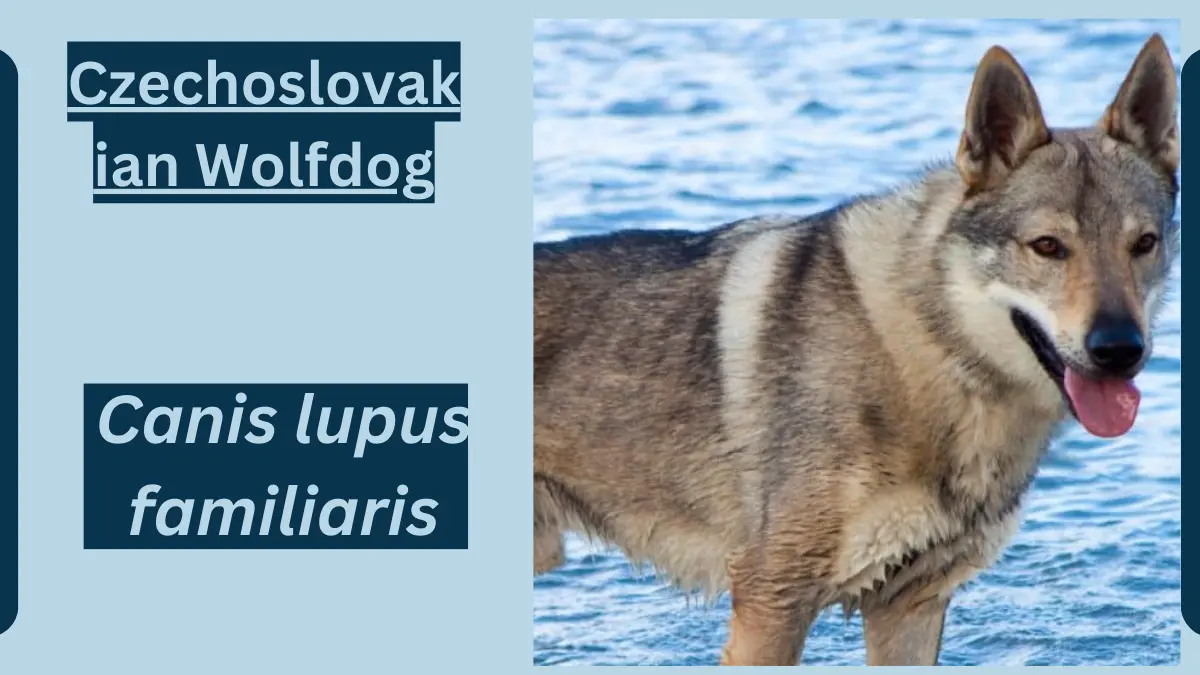
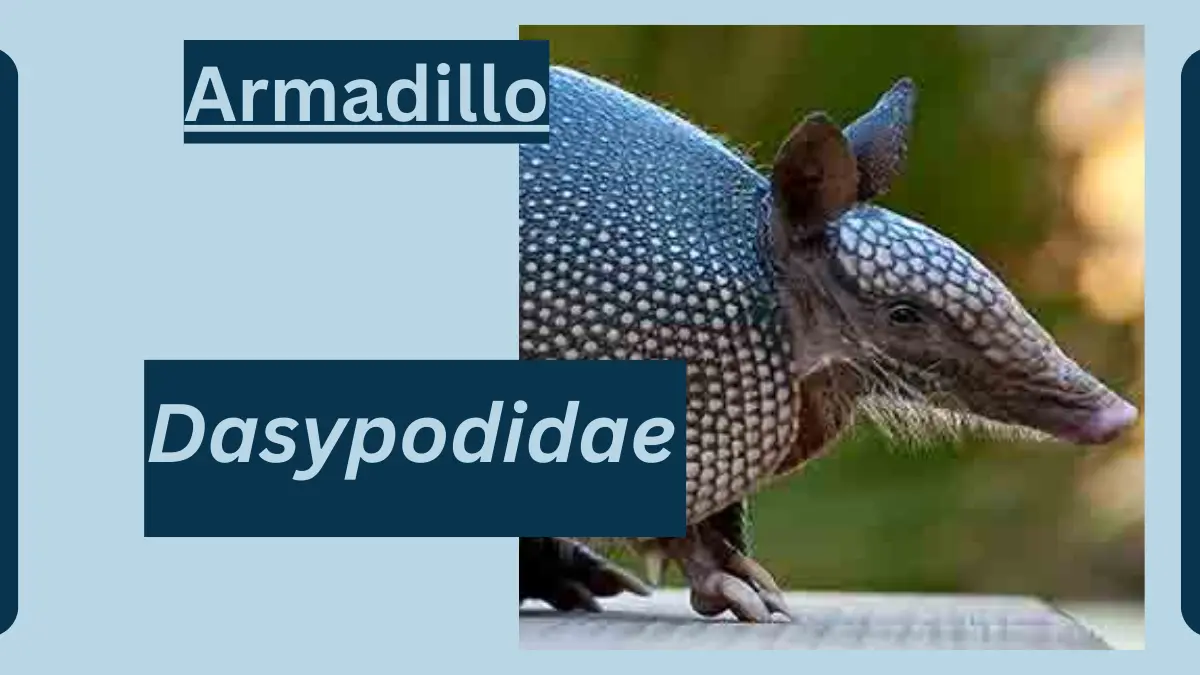
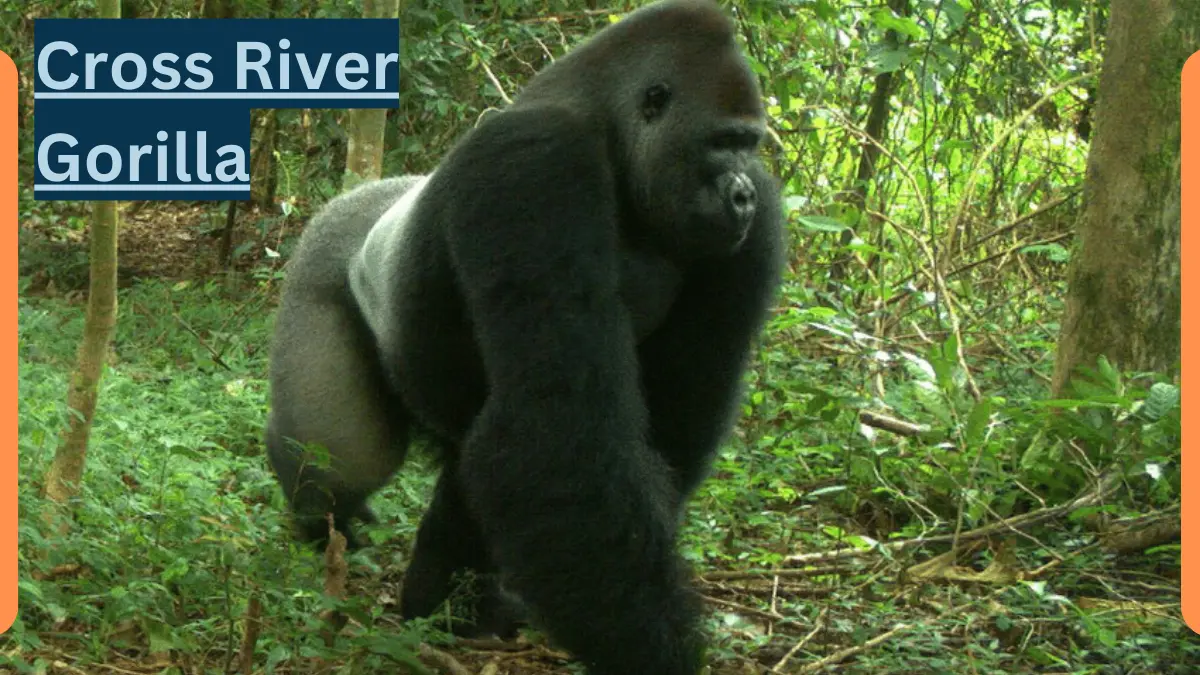
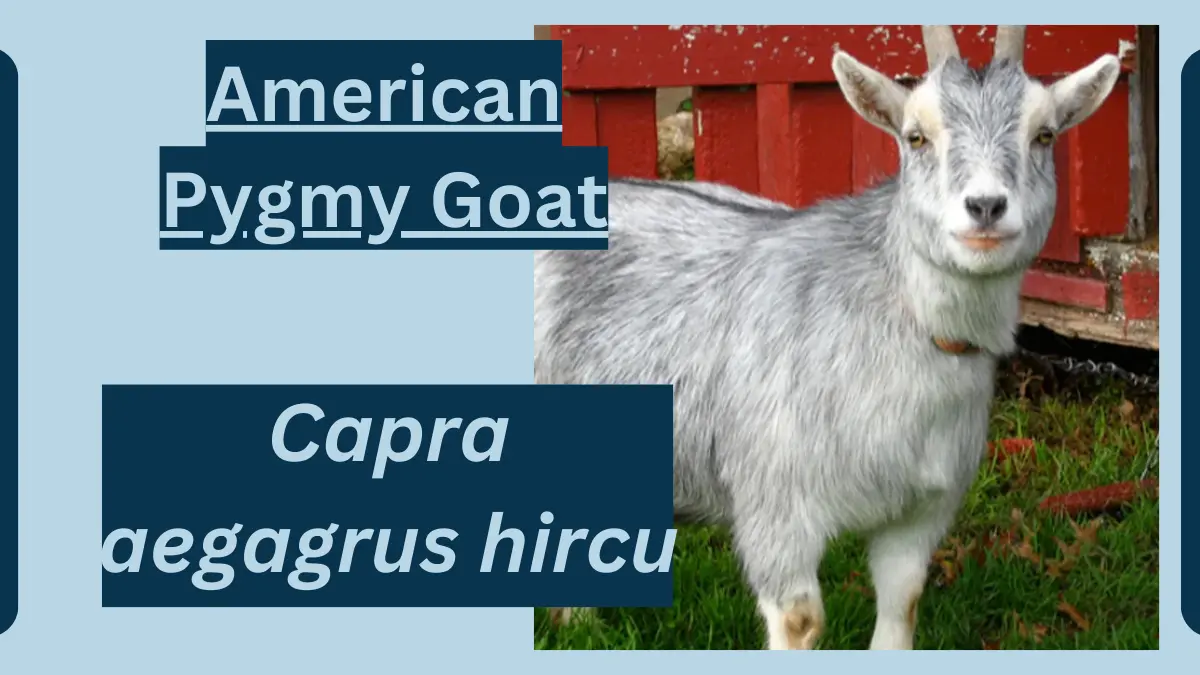


Leave a Reply